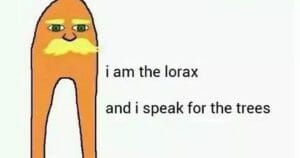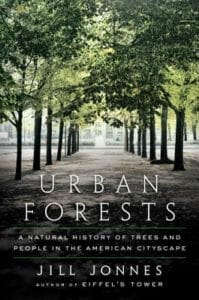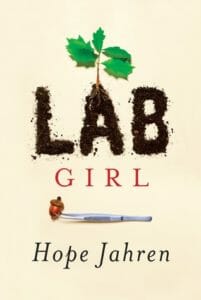The Lorax and I speak for the trees
 As the reality of the end of leaf-peeping season sets in, I speak for the trees.
As the reality of the end of leaf-peeping season sets in, I speak for the trees.
Somerville has been a Tree City for 24 years, and Cambridge has been one for 27 years. Lots of local towns have adopted the idea. Cities and towns in America have consciously planted trees for centuries. It is not a random occurrence.
Urban Forests
 I read a book recently that outlined the history of urban forestry: Urban Forests, by Jill Jonnes. I recommend you add this to your winter reading list.
I read a book recently that outlined the history of urban forestry: Urban Forests, by Jill Jonnes. I recommend you add this to your winter reading list.
This book has several overlapping stories of America’s relationship with its trees. Arbor Day didn’t just happen: activists made it happen. The importation of cherry trees to Washington, D.C. didn’t just happen, either.
The book also tells the story of the scientific detective work that went into efforts to save American trees from Dutch Elm disease, Asian longhorn beetles, and other deadly plagues.
Trees as part of municipal wildlife
Having trees adds to a sense of wealth (and to the price) of a neighborhood. Trees are part of the ecological structure of the landscape. Landscapes that are devoid of trees are not pleasant, for many reasons. From the EPA, we have a list of why that is so.
- Reduced energy use: Trees and vegetation that directly shade buildings decrease demand for air conditioning.
- Improved air quality and lower greenhouse gas emissions: By reducing energy demand, trees and vegetation decrease the production of associated air pollution and greenhouse gas emissions. They also remove air pollutants and store and sequester carbon dioxide.
- Enhanced stormwater management and water quality: Vegetation reduces runoff and improves water quality by absorbing and filtering rainwater.
- Reduced pavement maintenance: Tree shade can slow deterioration of street pavement, decreasing the amount of maintenance needed.
- Improved quality of life: Trees and vegetation provide aesthetic value, habitat for many species, and can reduce noise.
Trees as friends
My first crush on a tree was close to home, literally. There was a maple in the back yard of my parents’ house. It had big leaves, probably about four inches across. It budded yellow-green, then turned green. It was between this tree and the apple tree that we set up a hammock. That was the coolest place to be in the summer.
Then, the tree would turn orange in the fall. It dropped nearly all its leaves suddenly; usually on the first cold night, sometimes in a storm. It was easy to rake, because the leaves were so big. The pile was the preferred jumping pile for the whole neighborhood. It died of a borer in the year I went away to college.
I hadn’t thought about having an affinity with a tree again until I met one of the early foresters in Somerville. He spoke for the trees. “That one,” he pointed out, “is an import. It was planted in a place where it can’t thrive. Within the next few years, it will begin to die. It is not meant for a climate like this. It won’t get the sun it needs.” We walked on a bit, then he saw another tree, “That one had surgery two years ago, and is doing fine.” And so on.
Ethnobotany
 This fall, I also read Lab Girl, by Hope Jahren. Dr. Jahren is an ethnobotanist. That’s the study of how trees interact with humans. Her book is partly a biography of a woman in academic science and partly, her teaching us about the complex life of plants.
This fall, I also read Lab Girl, by Hope Jahren. Dr. Jahren is an ethnobotanist. That’s the study of how trees interact with humans. Her book is partly a biography of a woman in academic science and partly, her teaching us about the complex life of plants.
I really like how she talks about plants. I recommend this book, too.